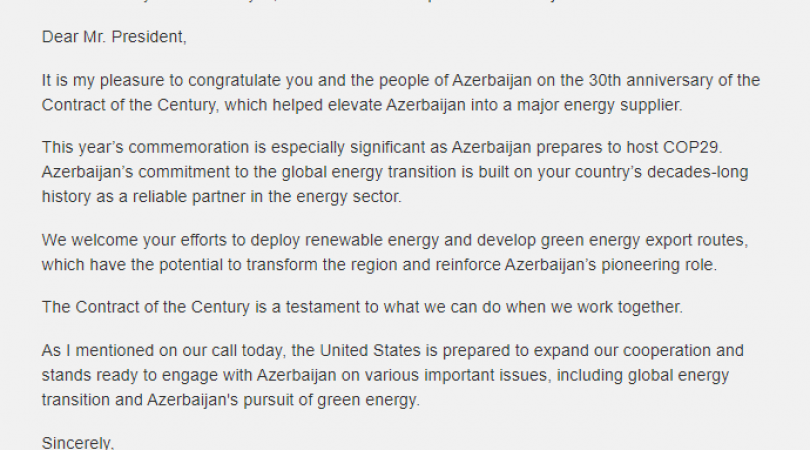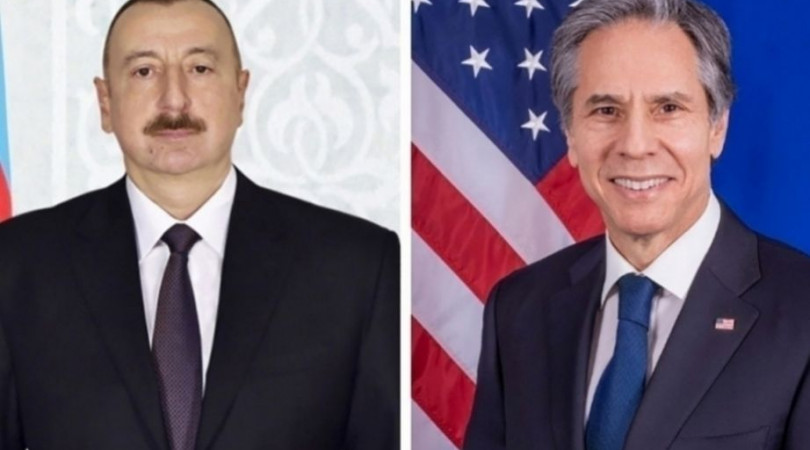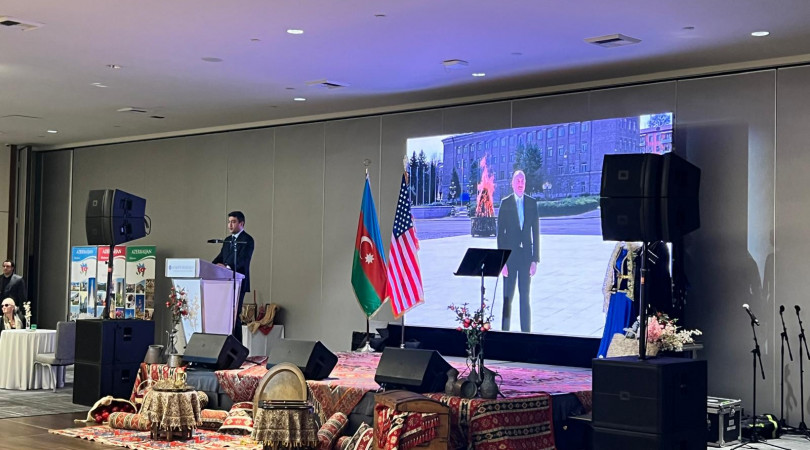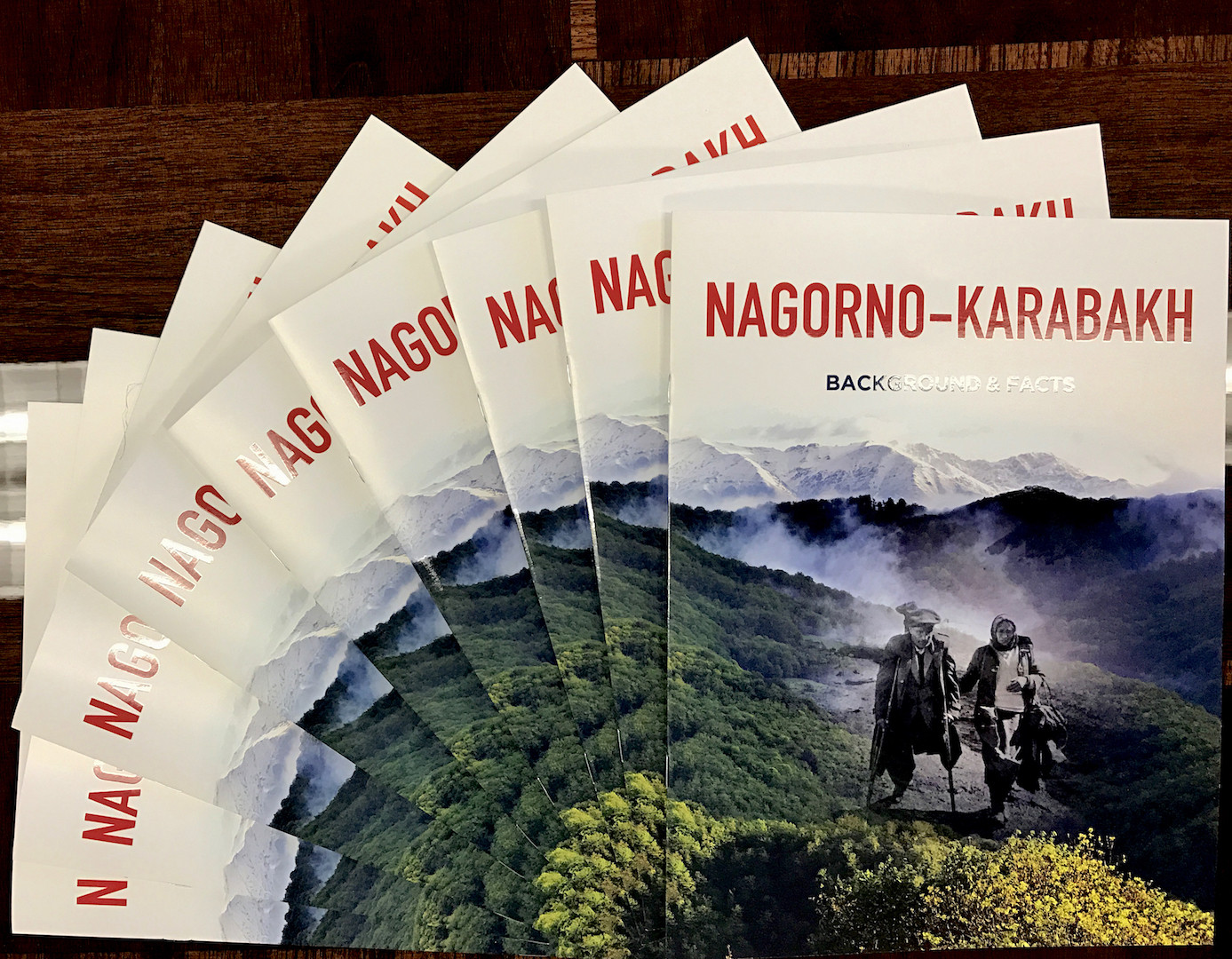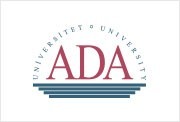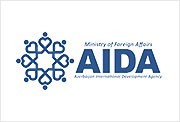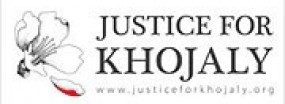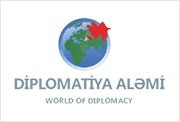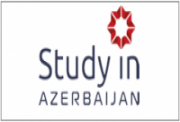A booklet on the Armenia-Azerbaijan conflict published in Los Angeles
Azerbaijan’s Consulate General in Los Angeles has published a booklet on the illegal military occupation and ethnic cleansing of Azerbaijan’s lands, including the Nagorno-Karabakh region and seven surrounding districts, by Armenia.
Titled “Nagorno-Karabakh: Background and Facts,” the booklet informs the readers about the various aspects of the Armenia-Azerbaijan conflict. Speaking about the history of the Nagorno-Karabakh region, the booklet highlights the fact that this historic region of Azerbaijan has been part of many different Azerbaijani states throughout the history. Touching on the division of Azerbaijan between regional powers in the beginning of the 19th century, the publication stresses that as a result of infamous Kurekchay and Turkmenchay treaties “an estimated 200,000 Armenians left Persia and the Ottoman Empire, and migrated primarily to Yerevan and Nagorno-Karabakh.” “30,000 Armenians settled in Karabakh alone, increasing their share of the population from 8.4% to an estimated 34.8%. In Yerevan, the proportion seemed to have increased from 24% to 53.8%. In return 35,000 of the 117,000 Azerbaijanis who once lived in Yerevan and Karabakh were compelled to flee,” the booklet notes.
The booklet further emphasizes that “according to calculations based on Armenian records and sources, 565,000 of the 575,000 Azerbaijanis living in the territory of present-day Armenia were killed or ousted at the end of World War I. Armenian author Zaven Korkodyan wrote: “In 1920, after the Dashnaks, there remained a few more than 10,000 Azerbaijanis”.
Highlighting the role of Stalin in the South Caucasus, the publication notes: “At the behest of Soviet dictator Joseph Stalin, the Mountainous part of Karabakh, which is historically and geographically a region of Azerbaijan, was artificially separated from the lower part of the region and given autonomous status in 1923. Thus, the Autonomous Region of Nagorno-Karabakh (NKAO) was established. According to American professor Audrey L. Altstadt, the borders of the NKAO were drawn to include Armenian villages and to exclude as much as possible Azerbaijani villages, so that the resulting area was sure to have an Armenian majority. In the meantime, Stalin gifted the heavily Azerbaijani-populated region of Zangazur to Armenia. Neither Stalin, nor the non-Azerbaijani leader of Azerbaijan, S.M.Kirov (1922-1926) or others raised the question of giving an autonomous status to Azerbaijanis living in the Armenian SSR, who remained outside the political structures, with their rights constantly oppressed. From 1948-1953, when the deportation was implemented, based on a special decree by Stalin, about 100,000 Azerbaijanis were expelled from the Armenian SSR. All the property, history and cultural monuments belonging to these people were left in the Armenian SSR.”
Speaking about the illegal military occupation and ethnic cleansing of around 20% of Azerbaijan’s internationally recognized sovereign territory by Armenia in the early 1990s, the publication says: “The United Nations unanimously condemned the occupation of Azerbaijani territory, and in 1993 the Security Council passed four resolutions (Nos. 822, 853, 874, 884) demanding the immediate and unconditional withdrawal of all Armenian forces from the occupied areas of Azerbaijan. Armenia, however, ignored these resolutions, and the UN Security Council did nothing to enforce compliance. Armenia also ignored resolutions of the European Parliament as well as the Parliamentary Assembly of the Council of Europe, which condemned the occupation and ethnic cleansing.”
The publication also draws attention to the many atrocities carried out by Armenian troops against Azerbaijani civilians in the course of armed conflict, including the Khojaly Genocide of 1992, when the Armenian army massacred over 600 Azerbaijani civilians that also included around 300 children, women and elderly. In this regard, it is noted that as a result of the ‘Justice for Khojaly’ campaign, led by Ms Leyla Aliyeva, the public awareness about Khojaly has been increasing in the world, including in the U.S.
Touching on the prospects for the resolution of the conflict, the booklet says: “The conflict can only be solved on the basis of respect for the territorial integrity and inviolability of the internationally recognized borders of Azerbaijan, and peaceful coexistence of Armenian and Azerbaijani communities in the Nagorno-Karabakh region, fully and equally enjoying the benefits of law, stability and prosperity.”
The Consulate General plans to distribute this booklet among U.S. Congresspersons, state elected officials from California and other states of the Western U.S., mass media, academic circles, universities, libraries etc.


